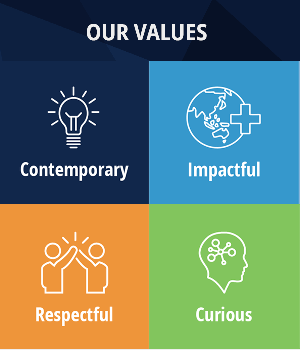A lack of speed and excessive cost has held additive manufacturing or ‘3D printing’ back as a viable manufacturing alternative – but that could soon change thanks to Western Australian innovation.
The world is excited about 3D printing because it means you can create extremely complex objects in one piece, potentially doing away with elongated and labour-heavy manufacturing processes.
The global buzz around 3D printing is a relatively new thing given its modern form was actually invented in 1984 by American Charles Hull using a process he coined ‘stereolithography’.
Now that many of the original patents have expired, the whole sector has exploded. Start-ups to multinationals like GE can print things smaller than the head of a needle or large heavy industrial parts in sectors like automotive and aerospace manufacturing.
There are also some extraordinary spin-offs in health and agriculture sectors where scientists are 3D printing food and even organs.
The printing process works by moulding thousands of specifically-designed layers on top of each other.
WA solution
Bibra Lake-based Aurora labs has only been operating for three years and claims to be close to solving the speed/cost problem for 3D metal printing.
Aurora already sells one of the world’s lowest-cost small format 3D metal printers but Managing Director and Interim Chairman David Budge says it is currently testing a larger format printer with increased capability and dramatically improved printing speeds.
“When we first looked at the industry, we realised there were really two fundamental problems with 3D metal printing in the market today,” he says.
“Firstly, machines were enormously expensive. Secondly, they were very slow.
“When you take enormously expensive machines and put them alongside a very slow production rate, the parts you produce have to be very expensive to warrant their manufacture.
“From our view, that’s why 3D metal printing has been very limited in its size in growth today.
“However, with the technology we’re developing at the moment, we’re looking to be able to print metal parts of up to a tonne or more in a 24-hour timeframe, which is considerably faster than any other printers currently in the market.”
Budge says 3D metal printing has the capacity to disrupt manufacturing and impact bottom lines in ways never seen before.
“Potentially our machines will be able to produce parts cost competitively with traditional manufacturers,” he says.
“The metal manufacturing market is fairly large, in the order of US$3-4 trillion. 3D printing could replace a significant portion of that.”
The whole cost structure of metal manufacturing will be impacted as well.
“There is no additional cost for more complicated parts,” Budge says. “The cost is the same for a 10kg solid block of stainless steel or a 10kg counter current heat exchange with 10,000 tiny tubes all the way through it.”
► As the state’s peak industry body representing over 9000 businesses, CCI’s mission is to make it easier for you to do business. Not a Member? Find out how CCI can help connect and grow your business today.











